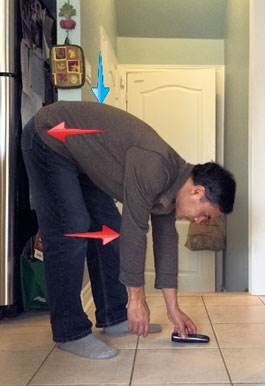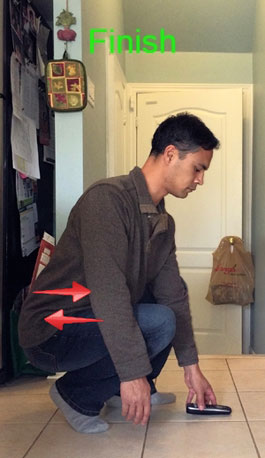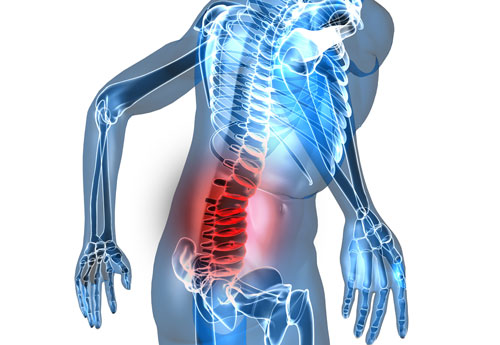Why You Should Avoid Leaning, Bending or Twisting to Help Relieve Your Back Pain
Sherwin Nicholson | Updated July 15, 2025
Bad Habit #2. Leaning Over (All too often and too far)
Continued from Bad Habit #1: Sitting for too long
If you don’t have any discomfort & are reasonably in good shape, then you shouldn’t have any discomfort whenever you lean over.
But if you suffer from the pain even in the slightest, then you really should avoid this habit at all costs.
It’s this very habit that causes disc herniations, bulges, ruptures, muscle strains & sprains and spasms. At the very minimum you are relying on poor technique that will cause your back, hip and leg muscles to become tighter and weaker.
For as long as you continue this habit, you’ll become progressively weaker and stiffer. Most of the time it will be mistaken as tiredness and fatigue but it is more than that.

Leaning, bending, arching and twisting creates such an intense amount of pressure on your lumbar discs that you could cause serious soft tissue damage just from bending over to pick up a simple item from off of the ground.
There is a better way to do it to avoid back pain
So if you can’t lean or twist, what should you do?
Follow this Rule of Thumb: Bend at the hips and knees every time.
This is pretty obvious and practical. The hard part is breaking the habit of leaning or twisting.
You’ll need to put off twisting for while until you can control the situations that ask you to do it. Most of the time that you must twist would be where you must also lean to reach something to the side or behind you (such as the rear seats of your car). This is very risky and can trigger an immediate spasm.

Get in to the proper habit of bending your knees while keeping your spine upright.
This is NOT an option but rather a priority. If you were to count the number of times you bend, lean etc., it would be at least 100 times in any given day. Most of which you won’t realize but your lumbar discs and inter vertebral muscles will.
If you have ever suffered a back spasm, you clearly know how much it hurt you to lean.
You had to rely on bending your knees and squatting more to manage. Using your leg muscles now is just as important for protecting you from further injury and discomfort.
Since you most likely are not accustomed to using your knees and hip to lower yourself instead, you’ll feel sore at first. It’s like having that first workout, you’ll feel the burn but its temporary.
The more you focus on doing it, the more you’ll actually find it becoming second nature and more enjoyable.
What about times where I must lean?
Minimize them. Whenever you must, then do the following:
- Don’t carry anything in your arms or hands
- Use your arms as a brace to help lower or support your upper body weight
- Contract your abdominals
- Hold a slight arch in your lumbar region
- Use the least amount of leaning possible
- Exercise and stretch to compensate for the added strain on your back
- If you must lean then only lean at a slight angle and let the lower body do the rest of the motion
Remember, you may have some soft tissue injury or a strained muscle so you are putting yourself at risk every time.
Avoiding this habit will allow the injuries more time to heal faster so you can feel better sooner. You can’t feel tissue damage, only the pain from the inflammation and nerve damage associated with it.
Next: Bad Habit #3 you must stop
Previous Bad Habit #1: Sitting too long
More help for your pain:

